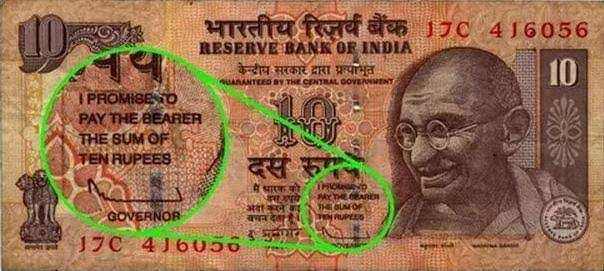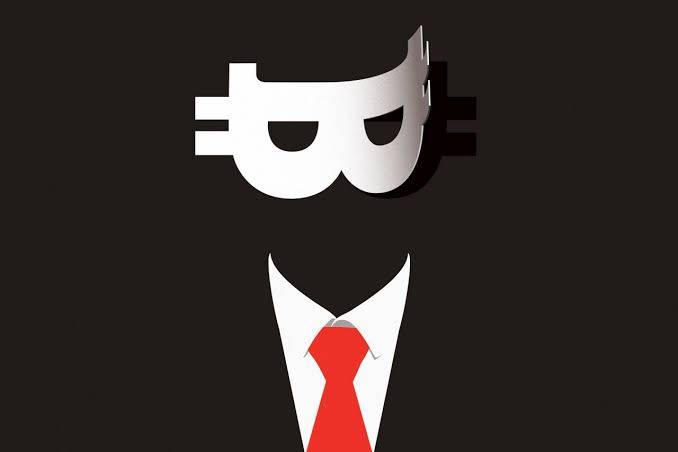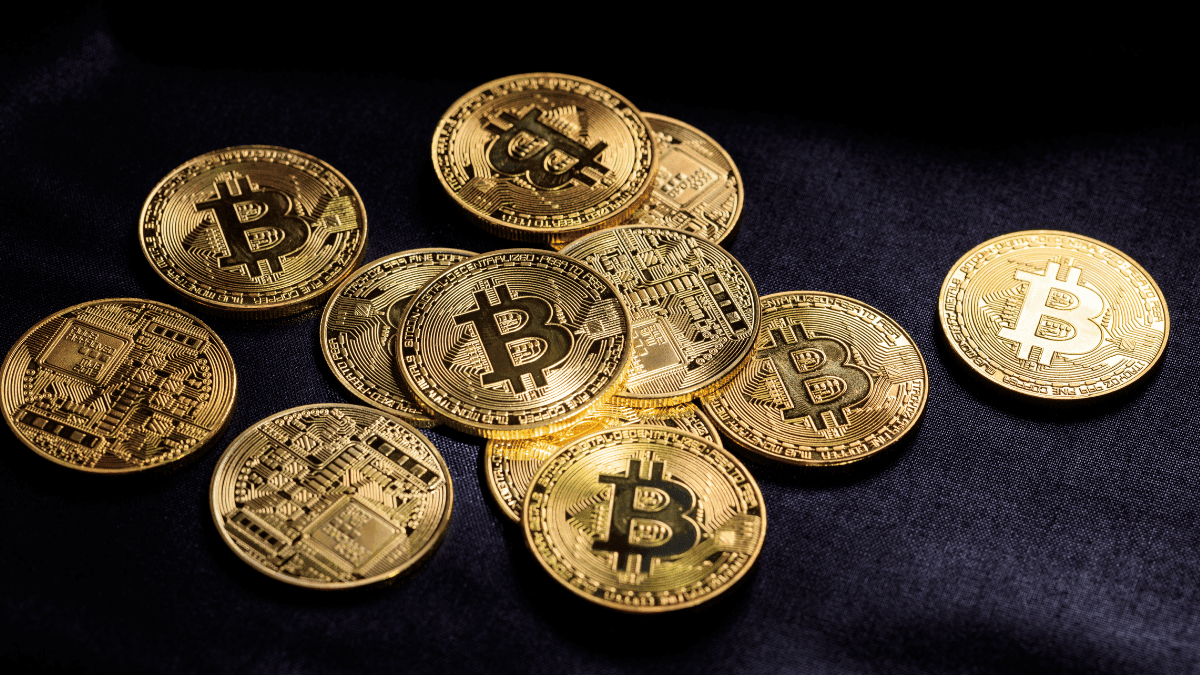Most people are not aware of Bitcoins (₿ / BTC). Moreover, even if you have heard about Bitcoin, there are high chances you don’t even know what it is.
A Cryptocurrency, many would answer. But what is Cryptocurrency??
We have tried to compile some of the information in hopes to provide you with some deeper knowledge about Bitcoin and Cryptocurrencies.
Table of Contents
Understanding Fiat Currency
Now what is this new term doing here? It has a very serious role in the formation of Cryptocurrencies.
Fiat Currencies are currencies that we use to do transactions in our daily lives. These are your usual currency notes and coins, like in India it is INR / ₹ / Indian Rupee or in the United States of America it is USD / $ / US Dollar and similarly, it varies from country to country.
Either the Government of the country or the Central Bank of that nation
Either the Government of the country or the Central Bank of that nation issues Fiat Currencies, which means that they have all the control over these currencies and their value. The government sometimes unofficially regulates the currencies too which causes inflation or deflation in the economy. But the benefit in this conventional currency system is that there is backing by the governments and Central Banks as they guarantee the sum and valuation of the currency note to the bearer (you must have seen that line with Governor’s signature below it on notes), which means that they have all the control over these currencies and their value.

Cryptocurrency & Its History

Cryptocurrencies are digital in nature. No wonder we use digital money and digital transactions already. After all, we have been using NEFT, RTGS IMPS for years and now we have UPI too.
But the difference between conventional and cryptocurrency is that cryptocurrency is fully based on digital medium. In the case of conventional currencies, we just digitised the same tangible currency for our convenience, which means that the value of a ₹10 note and ₹10 in PayTM wallet is the same because they are the same thing but on different mediums. In cryptocurrency’s case, it has its roots originated from the digital platform only. It was meant to be digital, keeping globalisation and the future in mind. Created with a dream to replace all of the world’s currencies and make transaction all over the globe easy, fast and reliable with negligible costs. It makes transactions more secret and keeps them out of the radar of the government.
But who dreamt of this??
On 31st October 2008, a public report was published on the web issued by Satoshi Nakamoto. No one knows who he/she/it/they is/are but we can read the report by clicking here or by visiting the official site of Bitcoin (www.bitcoin.org). It is highly advisable for anyone who wants to get a deeper look into how Bitcoins work or want to invest in Bitcoins to go through the report.

Satoshi Nakamoto through his report brought a completely new way to transfer from one person to another. Satoshi Nakamoto conceptualised one-to-one transfer of money globally without any interference or obstructions from the financial or banking sector, which is obviously expensive as well as restricted.
After briefly summarising the report, we have three major points: –
- Digital Currency which they named Bitcoin
- The decentralisation functionality of Bitcoin
- The technology of Blockchain on which Bitcoin works
Bitcoin and Others

Everything you have read so far about Bitcoin seems like it is what we needed the most. Why is it not in use as a currency globally till now? Turns out, the motive of introducing a single currency for everyone went to the drain as there are multiple cryptocurrencies currently out there. Do you know how many cryptocurrencies are available right now?
More than 4000. Yes, you read it right, and there are more coming every day. This is almost 20x the number of types of fiat currencies we have globally.
Some other famous cryptocurrencies: –
- Ether
- Litecoin
- Iota
- Ripple
- Dogecoin

They all work on different technologies. Every cryptocurrency doesn’t need to work on Blockchain like Bitcoin. Due to this reason, every cryptocurrency has its pros and cons, like some work very fast, some are slow, some are very cheap, some produce a lot of heat while production, some are good for privacy and many different features are there.
What is Blockchain?

We discussed about Bitcoin above, but to understand how it functions we have to understand the technicalities of Blockchain.
Blockchain is a chain of blocks that contains information. It was discovered in 1991 by a group of researchers so that it can be used to timestamp digital documents or transactions so that the information cannot be tempered. This gem was almost unused until Bitcoin came in 2009. Satoshi Nakamoto used Blockchain technology to record transactions through Bitcoins.
Suppose if you want to send money to someone, you process the request to send them Bitcoin from your end, and then this request is forwarded to some of the Nodes in the network which then verifies the transaction details, and details of sender and receiver and later process the transaction. These details are stored on these nodes forever, and all the request to these nodes line up and collectively form a Block. No one can temper with information as if we try to alter any block, it will create another Block that will have a new Hash (Hash is a unique key for every single block in a Blockchain).
All the requests which are given to these nodes are given after highly encoding which someone has to decode and process. Obviously, a human can’t do that work on such a large scale, therefore we require huge setups of computer stations doing that work.
And what is Mining??

Most of you are wondering that everything you read above is all okay, but now what is mining?
How can we even mine something digitally? The process of mining is a bit typical, but in layman terms, it is somewhat similar to conventional mining. Take the example of gold mines. People mine gold and sell them to others. Similarly, people mine bitcoins!! These Bitcoins are lines of codes that the miners extract from the web. And much like conventional mining, it requires instruments and heavy investments. People use supercomputers just to mine Bitcoins and other currencies and this process results in a very high amount of heat emissions and power consumption. It is a fact that most Bitcoin mining takes place using clean energy, but still, it is not currently environment friendly.
People have made it a business to mine these Bitcoins and are known as Bitcoin Miners earning millions. They set up large areas with computers that continuously mine for Bitcoins, and these areas are known as Bitcoin Farms.

But it is not like they can keep on mining limitlessly. There is a limit on Bitcoin on its quantity. Only 21 million Bitcoins can be mined in total, and till now we have almost reached the mark.
What if we reach the mark of 21 million?

We will soon reach the mark of 21 million but this will not lead to the discontinuity of Bitcoin or its farms, those farms will still earn from transaction fees.
This limit of circulation of Bitcoin in fact proved to be beneficial for Bitcoin. It brought a factor or rarity in it which helped it to reach its high valuation.
Shift to an Investment

Many economists argue that Bitcoin is extremely above its original value and is hovering in the sky because of its hype. But whatever is the case, a sudden jump in the value of Bitcoin definitely brought a change in people’s perspective. Now many started to view cryptocurrencies as investment and not currencies to exchange, again demolishing the main motive of cryptocurrencies. Bitcoin like any investment is volatile, but its volatility is fearing. Let’s see how it all goes, and will we ever see any cryptocurrency flourishing as a proper currency….
Indian Government’s Scene on Cryptocurrency

In 2018 Government instructed the Reserve Bank of India (RBI) to restrict transactions in crypto using Indian Rupees. RBI did not ban crypto trading in India. Traders were still able to trade using different currencies, but due to this decision many crypto wallets and exchanges platforms had to stop functioning in India. Later an appeal was filed in the Supreme Court regarding the same, which took 2 years to announce that crypto is completely legal in India.
Currently, the government has no particular stand on crypto trading. They neither promote it nor restrict it. There are rumours that India might bring a policy to ban crypto and launch its own cryptocurrency, but they are just rumours.
Also, anything which is not morally wrong or the law or the government does not restrict it, is not illegal so currently it is completely safe to invest in cryptocurrency even if you are an Indian citizen.
In the coming months, there are huge chances of regulations coming to crypto trading in India just like the USA & China who consider it as virtual property and gains or losses on them will means capital gain or capital loss which is taxable under the law.

Positives of using Bitcoin
- Low transaction fees
- Investable at any quantity or amount
- Anonymity
- Secure and Safe
Negatives of using Bitcoin
- Easy to make illegal transactions
- Ignores tax aspect
- Money laundering
- Time taking
All in all, cryptocurrencies are definitely going to flourish in future and it is definitely a wise decision to put your money in these cryptos. But you have to be aware of the fact that Bitcoin or any other crypto does not offer a guaranteed return and we have just explained Bitcoin and its functioning in our best possible way. We do not advise anyone to invest in Bitcoins or any other crypto without a lack of knowledge about it.
This was all for now, if you want to watch the video explaining the same click here.
Hope you gained some knowledge….
For more such content, subscribe to the YouTube Channel and also our newsletter
Till then STAY SAFE, STAY SARCASTIC






GIPHY App Key not set. Please check settings
One Comment